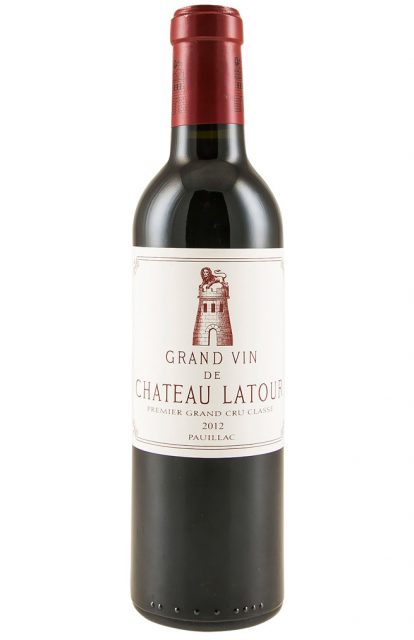This website uses cookies so that we can provide you with the best user experience possible. Cookie information is stored in your browser and performs functions such as recognising you when you return to our website and helping our team to understand which sections of the website you find most interesting and useful.
Why more wine producers should do things by halves
Among the parts of the wine business that have boomed during the pandemic are half-bottles, and it’s a demand that’s here to stay, says one prominent wine buyer.

According to Alistair Viner, who is head buyer for London fine wine retailer Hedonism, a range of factors are driving up sales of smaller formats when it comes to wine, although it was the recent Covid lockdowns that really boosted the call for the diminutive bottles.
Speaking to db during a dinner this week with Tor Kenward at London’s Hide Restaurant – which shares the same Russian owner as Hedonism, Evgeny Chichvarkin – Viner said that he had sold more than 18,000 half bottles of wine last year, which he said was “up significantly” on pre-pandemic trading volumes.
Explaining the surge in demand for the smaller format, he said that it provided an ideal size for people drinking on their own during lockdown, as well as for wines being sent to people for virtual tastings – an area of the market that Hedonism developed rapidly during times of restrictive Covid regulations in the UK.
He also said the halves were ideal for restaurants, allowing diners to enjoy a wider range of wines during meals without having to restrict themselves to only those wines listed by the glass.
Although Viner said he stocks 500 different wines as half bottles, “from Soave to First Growth Bordeaux”, he said that he wished more producers would offer the 37.5cl format.
“Producers often refuse to use half bottles,” he said, saying that there’s an additional cost and complexity that comes with using a range of bottle types, but also, in particular, because fine wine makers are fearful that their wines will mature too quickly in the smaller format.
However, Viner said, “With the advance in cork, there is no reason why the wine should develop faster, and, if you are fine wine producer and you want your wine to be drunk, then make it more affordable and bottle it in halves,” he said, alluding to a concern among some top-end winemakers that so much of their output is cellared and traded, rather than opened and enjoyed.
Finally, he said that even though Covid-related restrictions have been eased or removed, the demand for half-bottles was unlikely to diminish.
“Half bottles are not going to go away, and while the demand might go down a bit, I don’t think it will be much,” he told db.
If you’re curious, click here to see the full selection of half bottles available for sale at Hedonism. It’s an impressive collection, ranging from Hermitage La Chapelle from the legendary 1961 vintage for £11,800 to Dandelion Vineyards Barossa Shiraz for £7.90.

